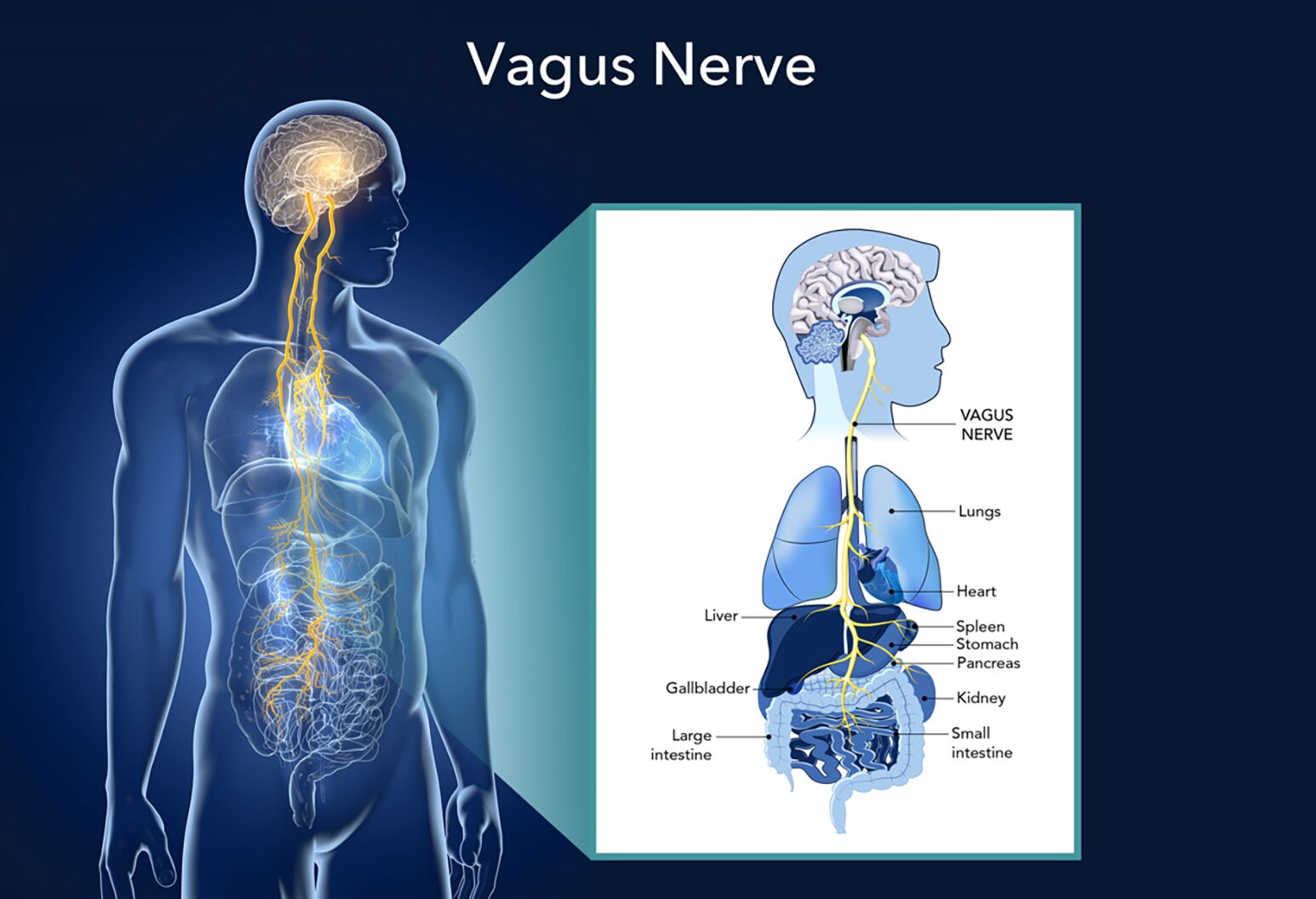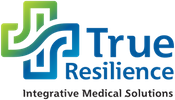SO YOU’VE HEARD OF THE VAGUS NERVE?
So You’ve Hear of the Vagus Nerve? “Let’s talk about the vagus nerve, also known as the wandering nerve, which connects the brain to nearly every major organ in the body, right from the throat to the heart, lungs, and down to the gut. This powerful nerve is a key player in the autonomic nervous system—the part of our nervous system that works quietly behind the scenes, regulating essential body functions without us even thinking about it. Think of it as the body’s own control center for ‘rest and digest’ activities.
The vagus nerve is just one branch of the Parasympathetic Nervous System which in itself is a branch of the Autonomic Nervous System (otherwise know as the “rest” and “digest system)

“What happens when the vagus nerve is under stress or is inflamed?
It can contribute to symptoms such as
- Cardiovascular Symptoms:
- Tachycardia (increased heart rate)
- Irregular heartbeats
- Digestive Symptoms:
- Acid reflux or GERD
- Bloating, constipation, or IBS-like symptoms
- Poor digestion and difficulty swallowing
- Respiratory Symptoms:
- Difficulty breathing or shortness of breath
- Sleep apnea or issues with deep breathing
- Neurological and Mood Symptoms:
- Anxiety and depression
- Brain fog or difficulty concentrating
- Inflammatory Symptoms:
- Chronic inflammation and autoimmune flares
- Physical and Vocal Symptoms:
- Hoarseness or loss of voice
- Fainting spells or dizziness due to poor blood pressure regulation
Although this is one specific nerve other nerves both somatic (those of which we have voluntary control over) and autonomic (those of which we have no voluntary control over) can become dysfunction. It is inflammation around the fascia of nerves that causes their threshold to lower leading to a deregulated nervous system ( Threshold is defined as the minimum amount of stimulus required to trigger an action potential)
What to do about it?
This is where our work at True Resilience IMS can make a difference!
Unlike practices such as deep breathing, mindfulness and other modalities. We can target every branch of the vagus nerve and its impact in the body including but not limited to the following branches. This is done through fascial counter-strain.
- Auricular Branch: Innervation to the external ear.
- Pharyngeal Branch: Innervates the muscles of the pharynx and soft palate, controlling swallowing, speech, and gagging.
- Superior Laryngeal Nerve: Innervates the cricothyroid muscle, which plays a role in vocal cord movement and pitch control.
- Recurrent Laryngeal Nerve: Controls vocal cord movement, necessary for speech and breathing.
- Cardiac Branches:It provides parasympathetic innervation to the heart, which decreases the heart rate and reduces the force of contraction
- Pulmonary Branches: Controls the smooth muscle of the lungs and airway
- Esophageal Branches: Partly responsible for the swallowing process
- Abdominal Branches (Celiac and Gastric Branches): Involved in the movement of food through the GI tract and blood flow to digestive organs.
- The Vagal Anti-Inflammatory Reflex: A reflex involved in homeostasis or control of inflammation in the body.
By impacting different branches and plexuses of nerves we can get to the root cause of the problem and drain inflammation right from the specific area. Book a free 15 consultation today to find out if and how inflammation in the vagus nerve is impacting you and your health.
